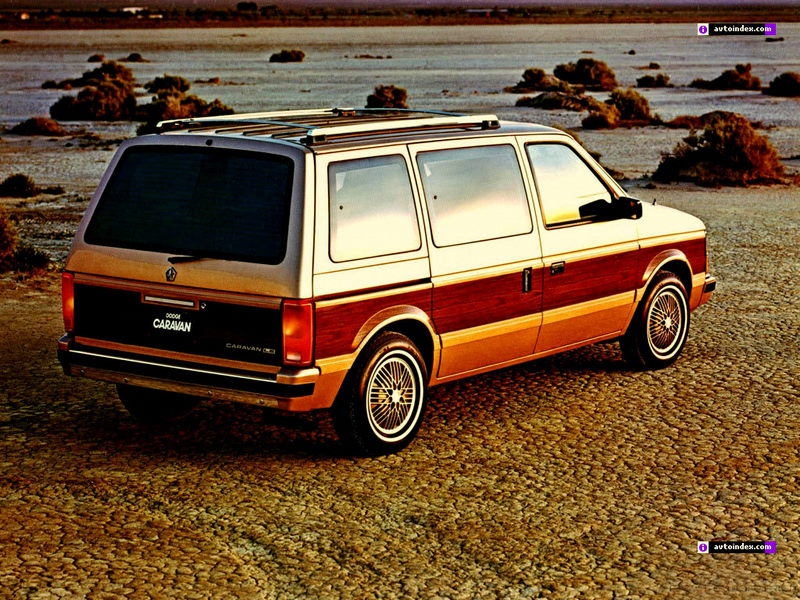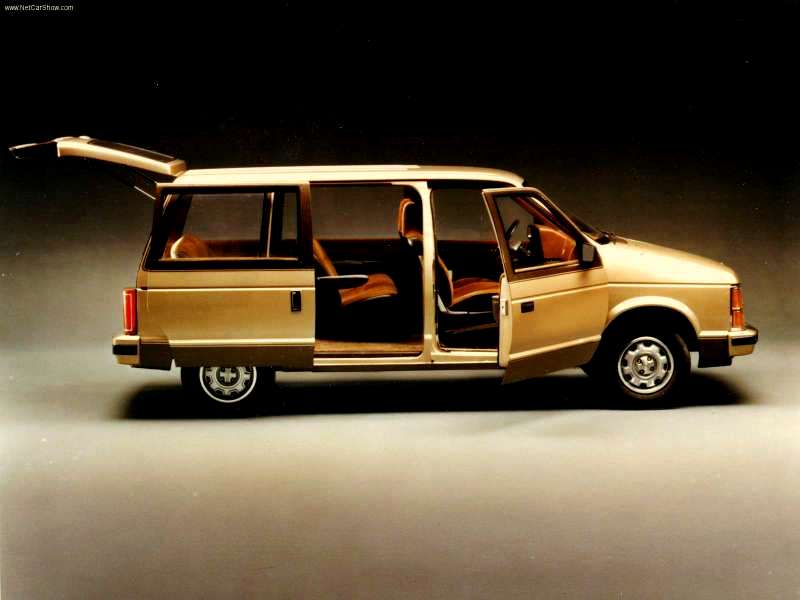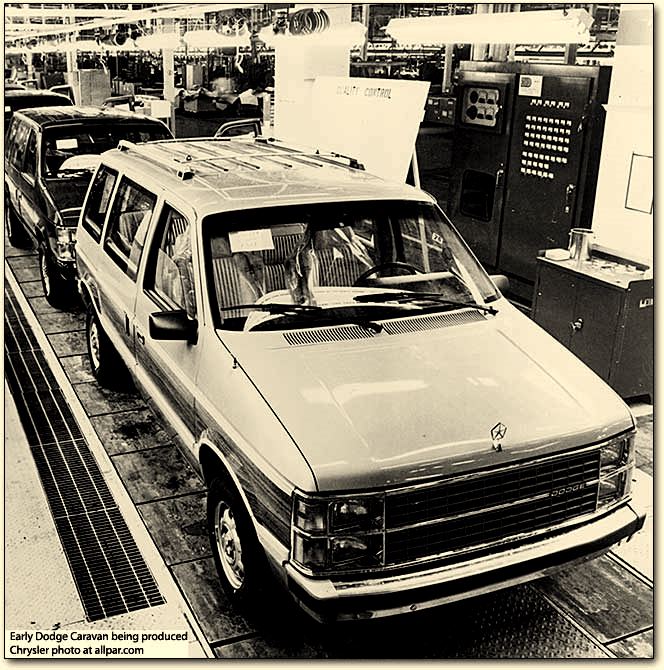A Car That Changed The World
Posted on Nov 3, 2015 in Antique | Comments Off on A Car That Changed The World
Today I went to a local car show to check out some beautiful cars. There were about 20 vehicles on the lot, mostly from the 60’s on up with an occasional old hot rod thrown in the mix. Lots of people were milling around, looking at all the shiny paint and the chromed out engines while taking pictures of the more elaborate custom jobs. About halfway through, I noticed a small sad looking little van sitting in the corner. As I got closer I realized that someone had brought a 1984 Dodge Caravan to the show with the intent of showing it off. The minivan was in very good original condition and the owner had cleaned the interior and opened the side door. There was nothing special, and no chrome engine on this car, it was just a plain, basic mild mannered car was quietly sitting in a corner of the lot waiting to be discovered.

I almost walked by without noticing, but it just drew me in with its serenity. I was struck by how a car that was universally acclaimed as changing the automotive industry could be so invisible. Forbes magazine had named the Caravan as one of the “Ten Cars That Changed the World” and yet here it was sitting like a wallflower at a high school prom. This Dodge Caravan was a piece of history but it couldn’t draw more that a handful of polite visitors. I couldn’t help but go over and speak to the owner, who had bought the car new and said that it still drove well. He wasn’t surprised that it didn’t get a lot of attention, especially sitting next to lime green imports and orange muscle cars, but he was glad he had brought the car, stating that “It was important in its day”. To me, that was a huge understatement, since “its day” was now and since minivans of all types are still huge hits in the marketplace.

The Dodge Caravan and its siblings were introduced in 1984 just months ahead of the Renault Espace, making it the first of its kind. It was the brainchild of Lee Iaccoca and Hal Sperlich and has since outsold every other type of minivan. The first Caravan produced is sitting in the Henry Ford Museum, and another is at the National Museum of American History. Combining all the aspects of both a car and a truck it offered seating for seven, easy entry and lots of space thanks to removable seats. Built on the Chrysler S platform, the same platform used for everything from the Aries and Reliant K to a stretch limousine a few years later; the Caravan was a simple family wagon that was safe, economical and small enough to fit into a garage.

At this car show were collections of tuner cars and muscle cars in almost every color, with a few nice antiques thrown in the mix. The little Caravan was like the housewife at a party of supermodels. The difference was that this particular housewife had changed the world.






